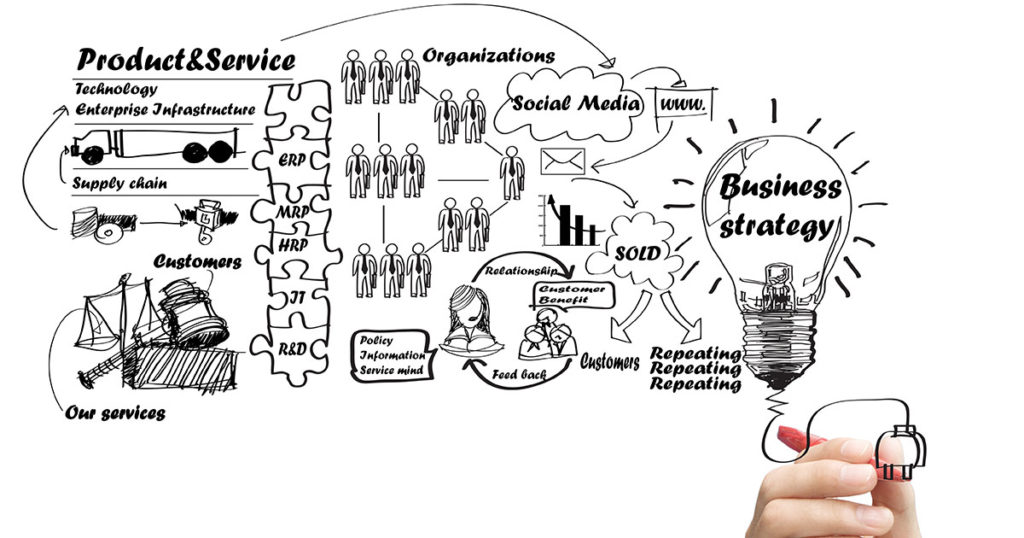At Response Labs, our focus is data-driven decision making, and our motto is Make Every Message Matter. A big way that we put this into practice is by identifying optimizations for email, push, and media campaigns for our clients through the use of randomized controlled experiments.
Randomized controlled experiments such as A/B tests, split tests, and multivariate tests are the best way to establish causality with high probability. This means increased confidence in strategic improvements that we make to enhance our clients’ marketing campaigns; no more guessing. Want to identify the best time of day to send a message? Or identify the CTAs that resonate with your audience the most? Controlled experiments are the way to go.
At Response Labs, we approach controlled testing with a customer-centric lens. It’s essential to:
- Understand the customer’s business problem,
- Develop a campaign strategy to target the problem, and then
- Implement iterative testing to refine campaign strategy, ensuring campaigns have the desired effect
A perfect example is Response Lab’s approach to tailoring clients’ campaign strategy to address new challenges posed by the recent COVID-19 pandemic. One of our fast casual dining clients had a business goal of increasing online orders in response to reduced in-store traffic during the pandemic. Our RFM analysis of our client’s customers identified that some of our client’s top-tier customers had, in fact, never placed an online order. We hypothesized that difficulty – or perceived difficulty – may be a barrier to placing that first online order.
Response Labs devised a campaign strategy for targeting top tier customers that had never ordered online before. The campaign revolved around showing customers just how easy placing an online order could be. The first two emails in the 3-email series featured a 5-step checklist for ordering online, and the third and final email in the series featured a video demonstrating these 5 steps.
However, before fully committing our clients to a new email strategy, we always back up that decision with data. To put our online order email strategy to the test, we at Response Labs pitted our email series (via a split test) against an existing campaign used by our client to drive online ordering. Split testing is the best option to use when making large changes or multiple simultaneous changes to a campaign, and involves comparing a control campaign (in this case, the client’s existing “Non-Steps” email messaging) to an entirely different version of the campaign (in this case, Response Lab’s “Steps”-oriented email messaging).
The results of Response Lab’s split test showed that the “Steps” messaging outperformed the “Non-Steps” messaging in terms of both conversion rate and average order amount for transactions driven directly from the email. Customers who ended up clicking the “Steps” email were more likely to complete an online order and for a higher order total than those receiving the “Non-Steps” message. These results provided us with the evidence we needed to move forward with our strategy. Read more about our case study here. Thinking of implementing changes to your own email strategy? Controlled experiments reduce uncertainty.
If you want to optimize your content, creatives, messaging, subject lines, and more, reach out to Response Labs to learn more – the sky’s the limit!




